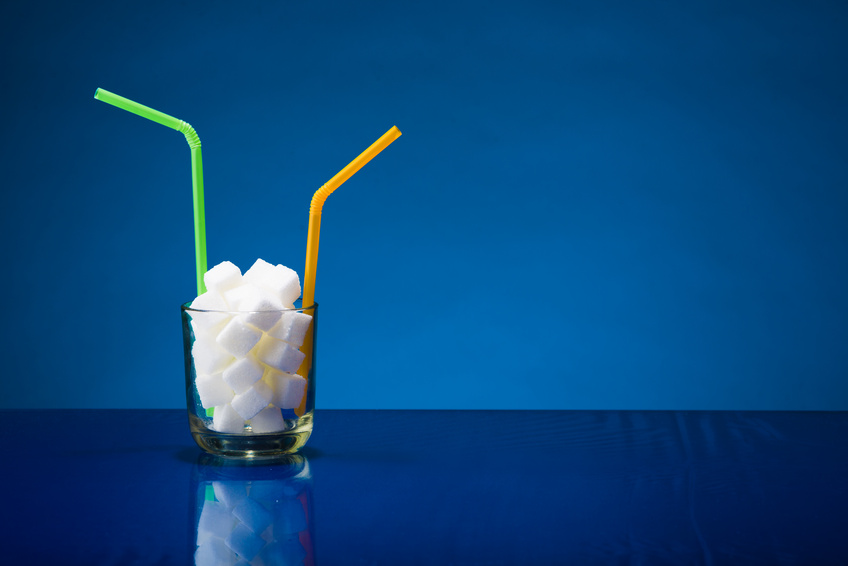
Continuing our series on sugar, it is important to see where it might be hiding on our cupboard shelves. To start, and high glycemic food is going to turn quickly into sugar in our bloodstream anyway, but we need to start somewhere, so looking purely at sugar is a good place to start. Unfortunately, FDA guidelines have not yet caught up with our need to know the difference between added sugar and natural sugar in our foods, but there are ways to figure it out.
Reading the back of the package is the quickest and easiest way to determine the amount of sugar hiding in your foods, but it is not the only factor to consider. Manufacturers have answered the cry for lower sugar foods by placing artificial sweeteners in our foods to lower the numbers on the boxes, so look carefully.
Here are the best guidelines for understanding the sugar labels on your foods:
LOOK FOR ALTERNATIVE NAMES FOR SUGAR. These other “natural sweeteners” raise the blood sugar just as quickly as table sugar, so don’t be fooled just because they have different names.
- Agave nectar
- Barley malt
- Brown rice syrup
- Cane sugar
- Crystaline fructose
- Dextrose
- Hydrolyzed corn starch
A quick note on High Fructose Corn Syrup. There has been so much in the media about this, but the truth is that HFCS is only 5% difference in fructose content than table sugar. Yes, avoiding it is a good idea, but cutting down on all forms of sugar is equally important. Many companies have switched from HFCS and pasted it all over the fronts of their packages for marketing while simply switching to another, more fancy name for sugar.
LOOK FOR ALTERNATIVE SWEETENERS THAT MAY BE LOWERING THE SUGAR CONTENT. Most of these are artificial sweeteners that come with their own health risks. Some are natural, but come with the side effect of intestinal discomfort and gas.
- Acesulfame K
- Aspartame
- Neotame
- Saccharin
- Sucralose (often found in Fiber One cereals and even some of the “high fiber” Thomas’ English Muffins!
- Inulin (may be listed as chicory root fiber) – not necessarily bad for you, but can cause gas in large quantities or those who are sensitive.
- Malitol
- Sorbitol
Bars are the biggest culprit of added sugar, with the average about 12 grams per bar (2.2 teaspoons added sugar). Most of these bars have some type of additional artificial sweetener or sugar alcohol that is added to enhance the sweetness and keep the sugar content down even to that level. Choose your bars VERY CAREFULLY if you must eat them. Food in its whole form is ALWAYS better.

STEP(S) FOR THIS WEEK:
- Look at the packaged foods in your pantry. Try comparing them to a Krispy Kreme donut which has 10 grams. Look for the ingredients listed above that might be added to your foods to make them look like they are “lower sugar.” Aim to find whole food solutions to your sweet fix. Baked fruit with cinnamon is an amazing alternative! Be creative with your food.